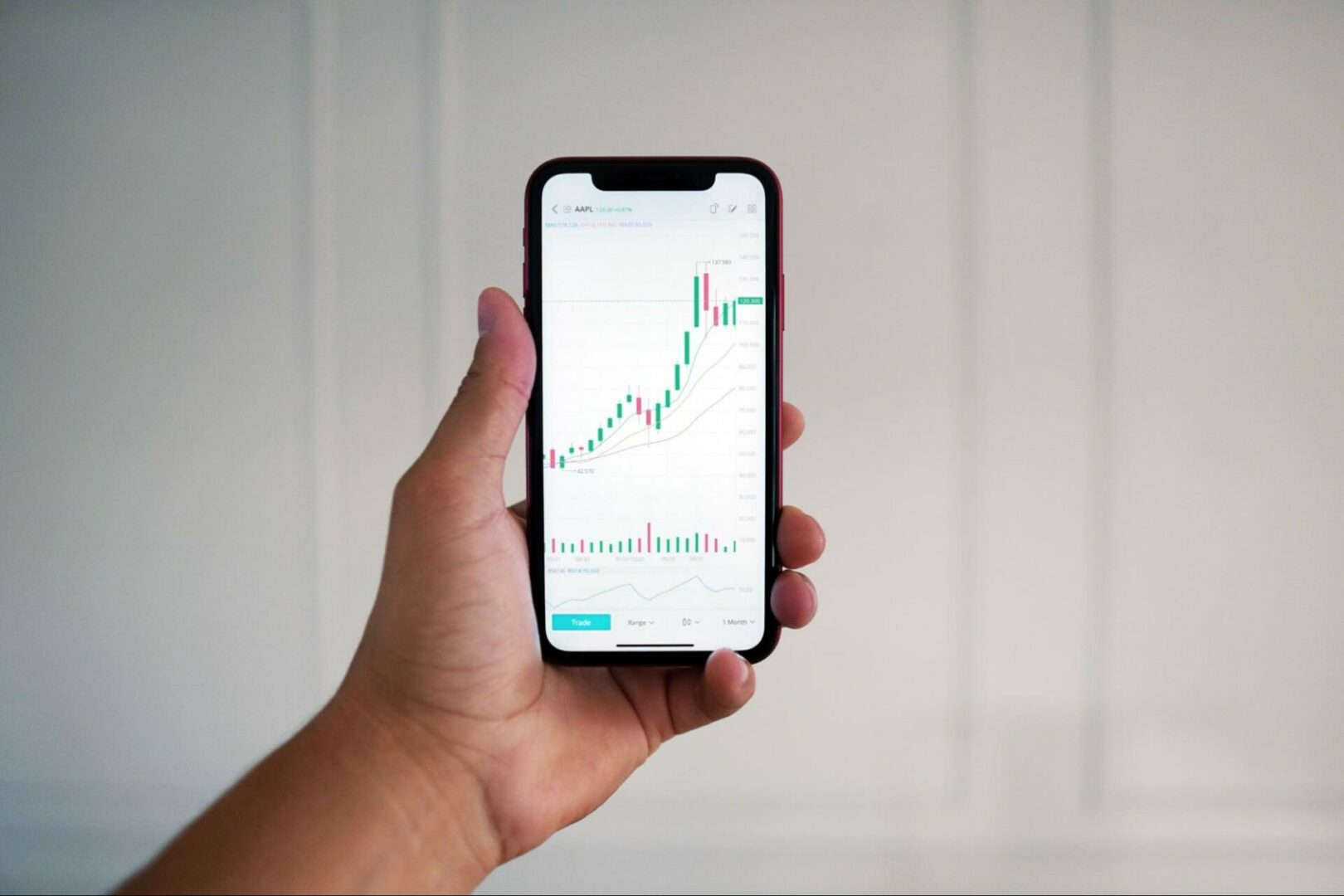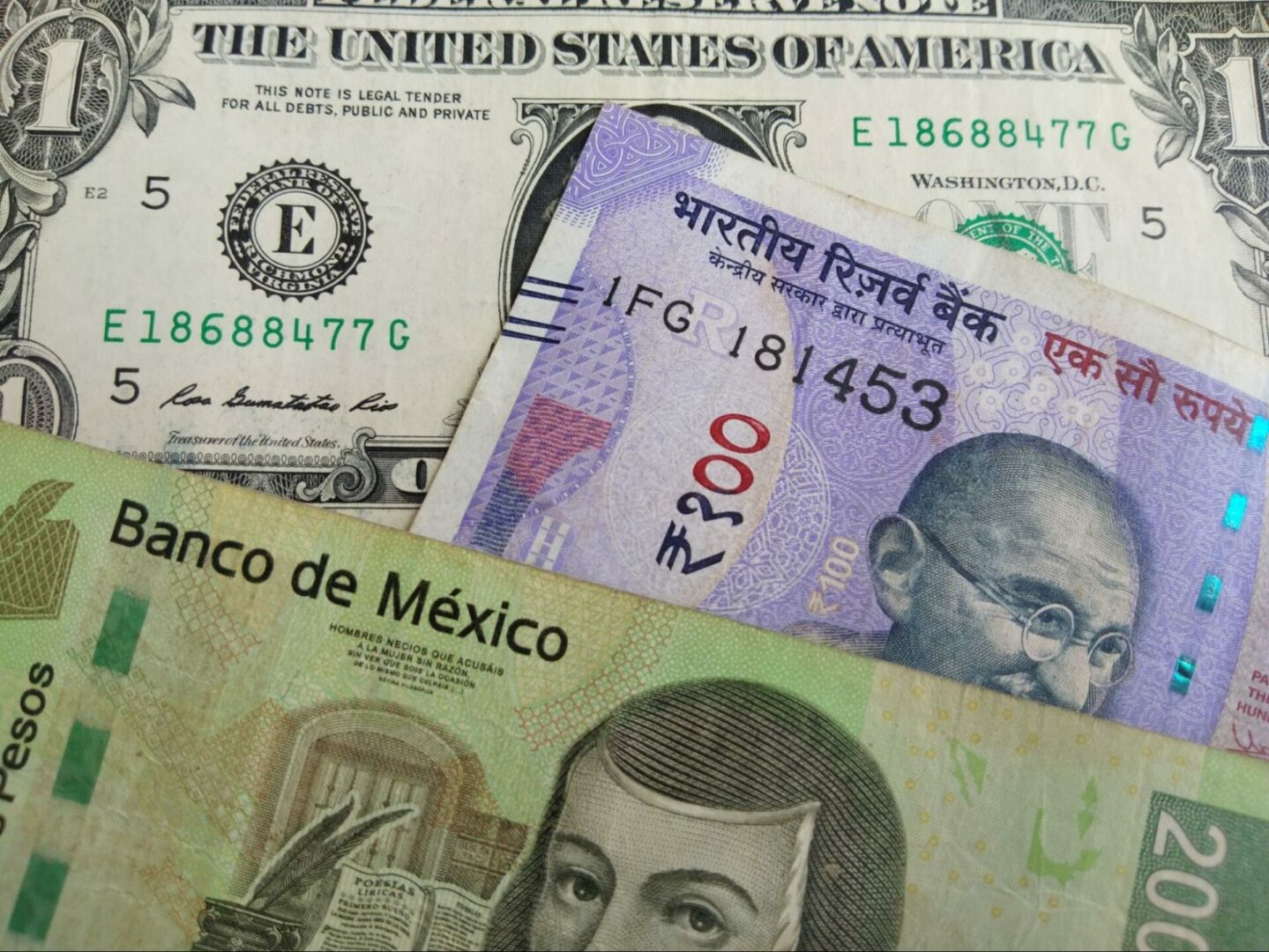6 Strategies for Investing in Forex: Forex has quickly become one of the most popular forms of investing and trading and has moved away from being something only finance and trading experts do. With this newfound popularity, more beginners are looking to get into trading.
However, which are the best strategies to use, and how do you pick the right one for you? Here are a few tips for picking the right strategy for you, as well as six strategies used by forex experts and traders around the world.
https://unsplash.com/photos/obJBg2lZjMg
How to Pick a Strategy
Choosing a strategy/strategies for your forex trading adventures is one of the most important steps. With so many options and variables in play, simply randomly buying and selling currency won’t get you very far.
Time
The first thing you need to consider is how much time you have for trading. There are several strategies that require constant attention, while there are others that are more about waiting and leaving a position open for several months.
Budget Constraints
The next aspect to consider is your budget. You can’t make money all the time, and some days will be bad days. However, there are also some strategies that work best with large amounts of money but are also a higher risk; while there are others that can work with small amounts of money and are low risk but have lower profits and take much longer to come to fruition.
Knowledge
The final key point is your level of knowledge. Forex trading can be incredibly technical, and some strategies require more in-depth knowledge than others. If you are a beginner trader, keep your strategies simple and build your way up to more detailed and knowledge-heavy ones.
https://unsplash.com/photos/NDfqqq_7QWM
Scalping
The first strategy that many different types of traders use is scalping. Considering how liquid the forex market is and how values fluctuate constantly, there are small movements in prices, no matter the time of day.
Scalpers take advantage of these small value increases and make multiple trades in a day. While profits are very small and it requires a lot of time, enough trades are made throughout the day to make a healthy profit.
Day Trading
Day trading is another short-term strategy, but not as short as scalping. Day traders will tend to work in sessions, such as a few hours in the morning, lunchtime to dinner, etc., and hold their positions for a few minutes or a couple of hours.
All You Need to Know About Investing in Stock Market Indices
Day trading is a double-edged sword for most people as it is unlikely you will strike gold and earn tons of money, but you can make profits. However, the constant and numerous transaction fees can put a dent in your money at the end of the day.
Trend Trading
Trend trading is a brilliant and popular strategy that is perfect for everyone, including beginners. Value changes within currencies happen all the time, but a trend is when the price is averaging higher (upward trend) or lower (downward trend).
Trend trading involves opening positions using the trend line as a guide. Since currencies will tend to grow in value if they are on an upward trend, you can usually make a decent profit if you get in early enough.
On the other hand, opening a position that is on a downward trend will allow you to get in at a lower price and maximize your profits if/when the trend moves upwards again.
News Trading
News trading is fairly easy to understand but can be tricky to get right. Economies, markets, and currencies are constantly being affected by things such as inflation, natural disasters, fiscal reports, elections, etc. News Traders try to take advantage of these events to make a profit on a well-timed position.
As mentioned, this can be a tricky strategy to time right, but it does allow you to have a mixture of short and long-term positions, which is ideal for diversifying your investment portfolio. You can start by reading financial news websites, as well as following blogs and social media accounts of influential people in finance.
Swing Trading
Swing trading can be viewed as a strategy that falls between day trading and position trading. Swing traders will often keep their positions open for several days, waiting for the perfect opportunity to open or close.
Swing trading can be difficult for some as it requires a lot of patience and time. More often than not, inexperienced traders will close too soon or too late, while other types of traders avoid swing trading as it can take too long to earn a profit.
https://unsplash.com/photos/SPj2588ozM0
Position Trading
Position traders aim for more long-term profits and the idea that strong currencies will fluctuate but will stay on an upward trend over a few weeks or months. Positions are usually held for a few weeks but can extend to a few months and, in some cases, years.
Long-term position trades are something that should be part of every portfolio, as they are relatively easy to manage, and you don’t have to worry about everyday changes.











